Research Unveils Clues as to Why Jupiter’s Iconic Red Spot is Shrinking
Jupiter’s Great Red Spot is an awe-inspiring sight with a massive storm that’s been raging for centuries.
But recently, this iconic feature has been shrinking, and scientists are finally uncovering why.
A Century of Observation
Since at least 1831, astronomers have tracked the Great Red Spot, a high-pressure system that is currently over 10,000 miles wide.
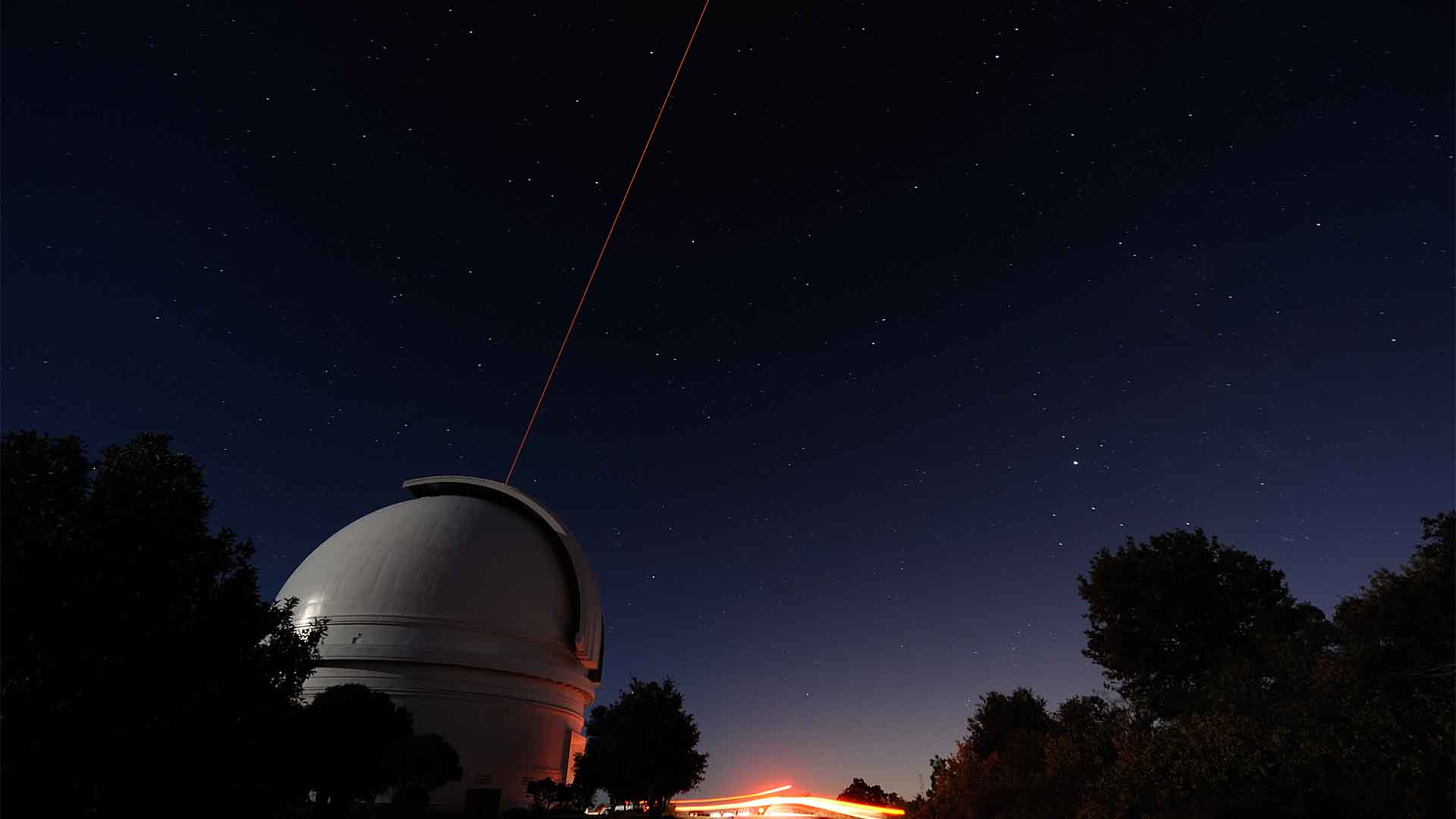
Source: Joe McNally/Getty Images
Over the last 100 years, and more rapidly in the past 50, it’s been getting smaller.
The Power of Smaller Storms
New research from Yale University, published in Icarus, reveals that smaller storms play a crucial role in the Great Red Spot’s size.
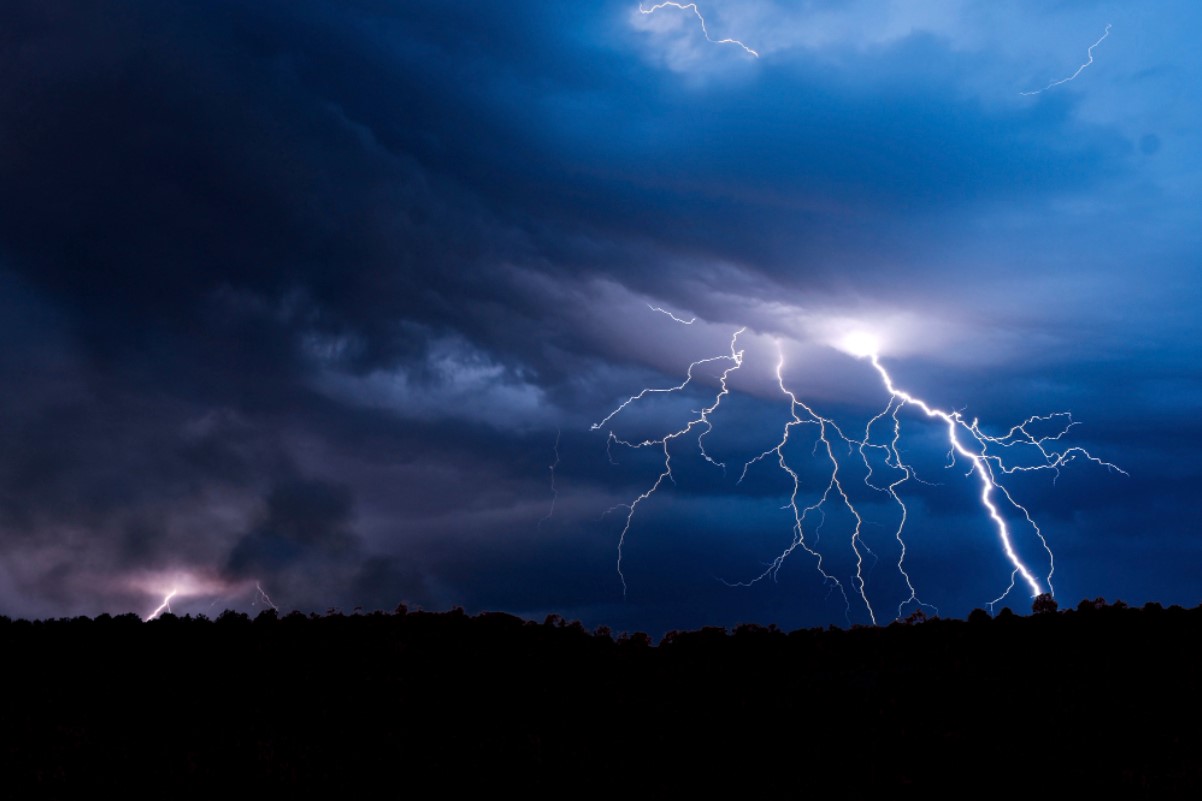
Source: Freepik
When these smaller storms interact with the Great Red Spot, they help sustain and even grow it.
Feeding the Beast
“We found through numerical simulations that by feeding the Great Red Spot a diet of smaller storms, as has been known to occur on Jupiter, we could modulate its size,” explained lead author and Yale Ph.D. student Caleb Keaveney.
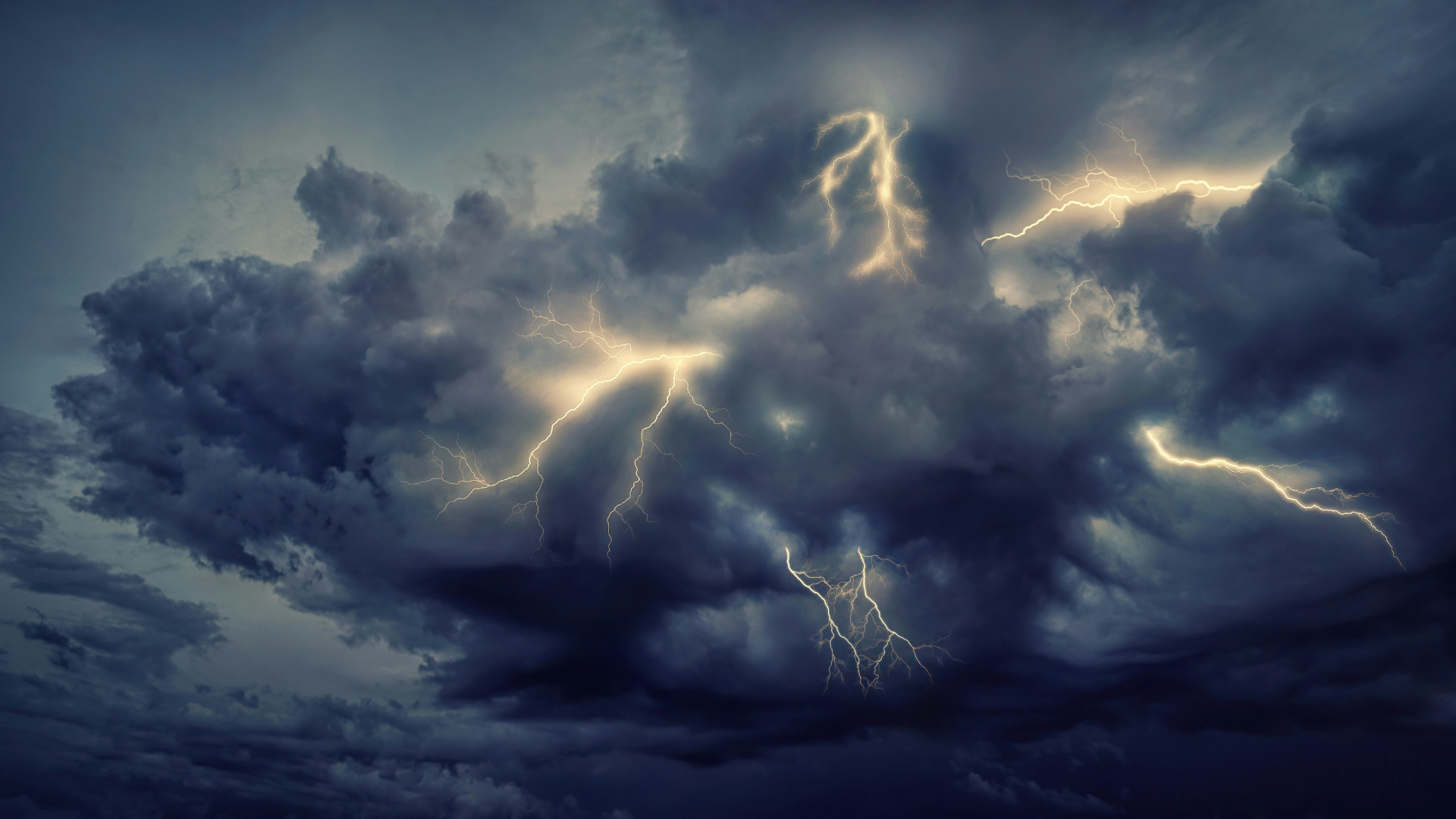
Johannes Plenio/Unsplash
This means that the Great Red Spot’s size could be dependent on the amount of storms that it experiences, specifically those of small storms.
Earth's Weather Connection
This discovery isn’t just about Jupiter, either. It has implications for predicting extreme weather on Earth.
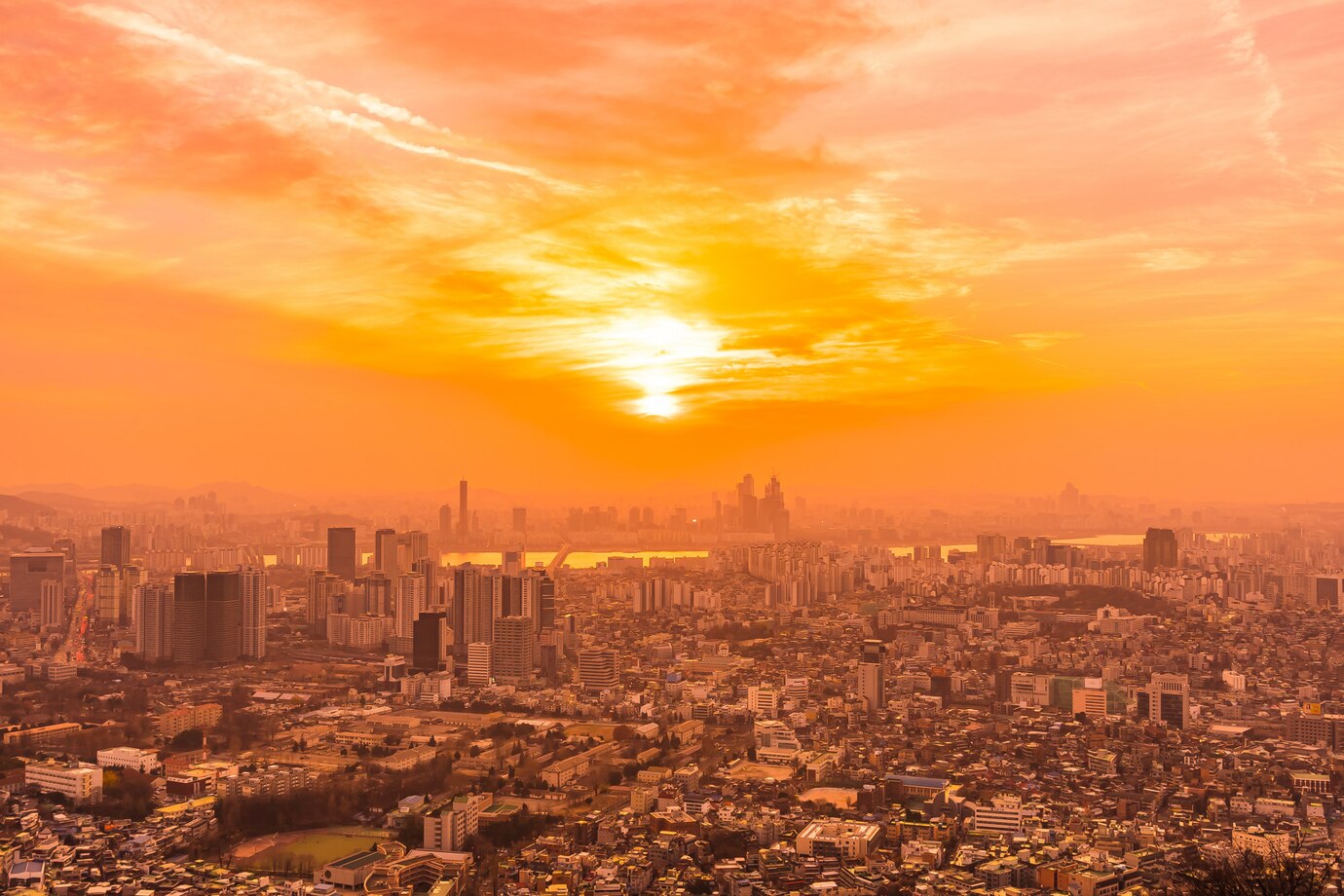
Source: Freepik
High-pressure systems here, like those causing heat waves and droughts, may be similarly influenced by smaller weather events.
Understanding Anticyclones
The Great Red Spot is an anticyclone, spinning counterclockwise with winds reaching 425 miles per hour.
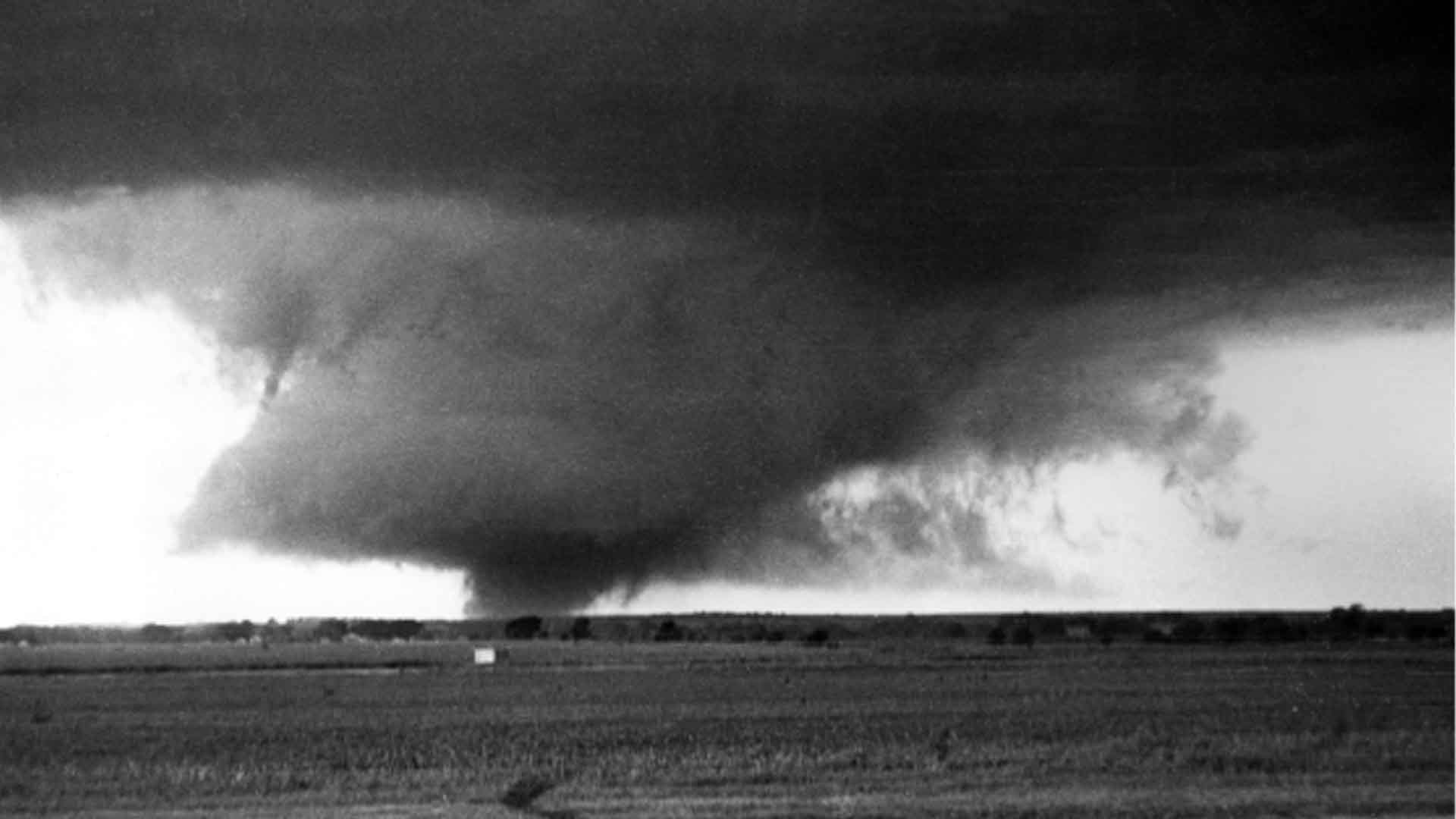
Source: Wikimedia Commons
This type of storm is high-pressure and differs from the cyclones we often hear about on Earth.
A Shrinking Giant
Despite its size, the Great Red Spot has been gradually shrinking.
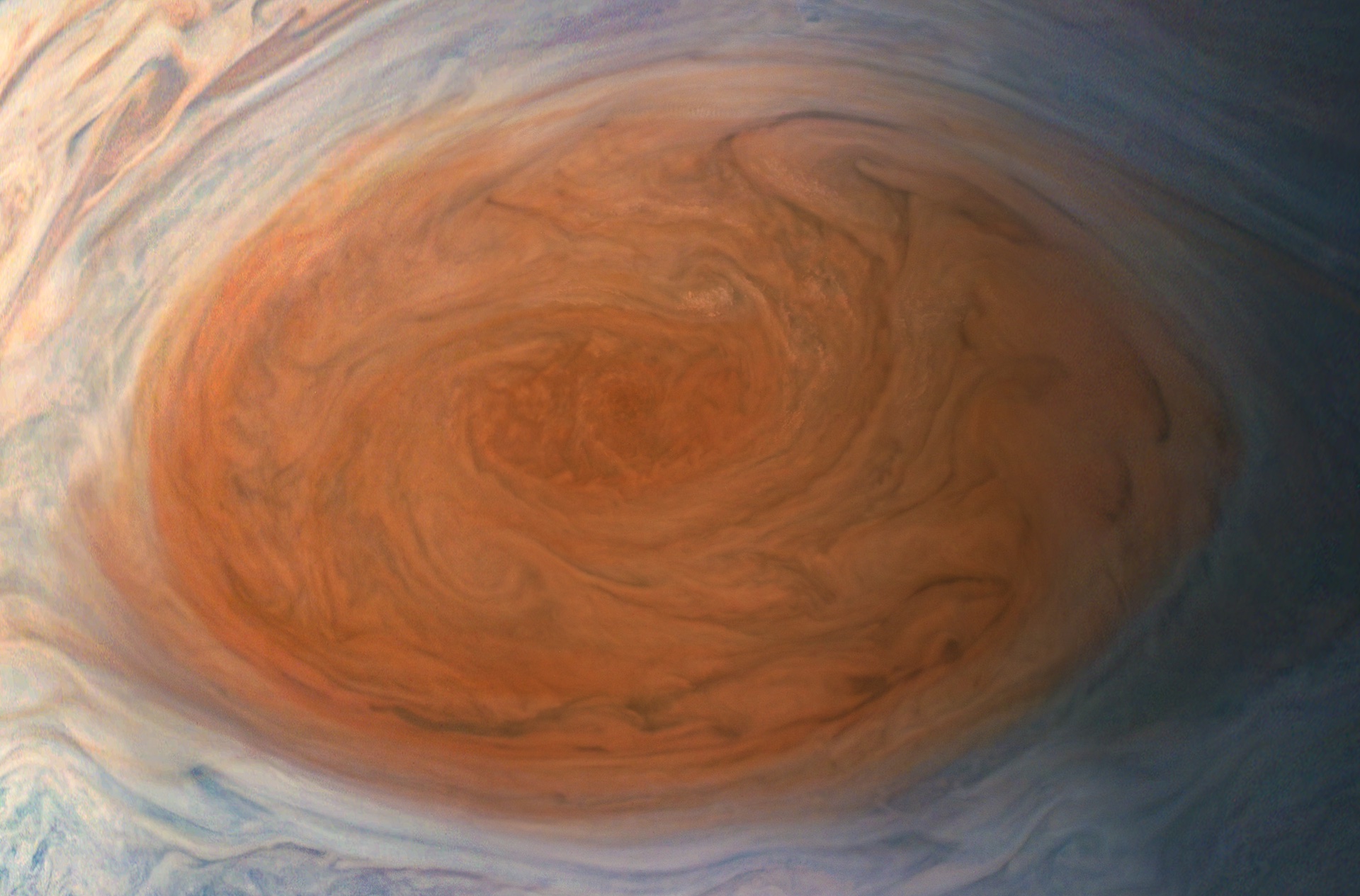
Source: Kevin Gill/Wikimedia Commons
The interaction with smaller storms is now seen as a key factor, offering new insights into its behavior and longevity.
Juno's Discoveries
NASA’s Juno spacecraft has provided incredible images and data, including a recent snapshot of the moon Amalthea above the Great Red Spot.
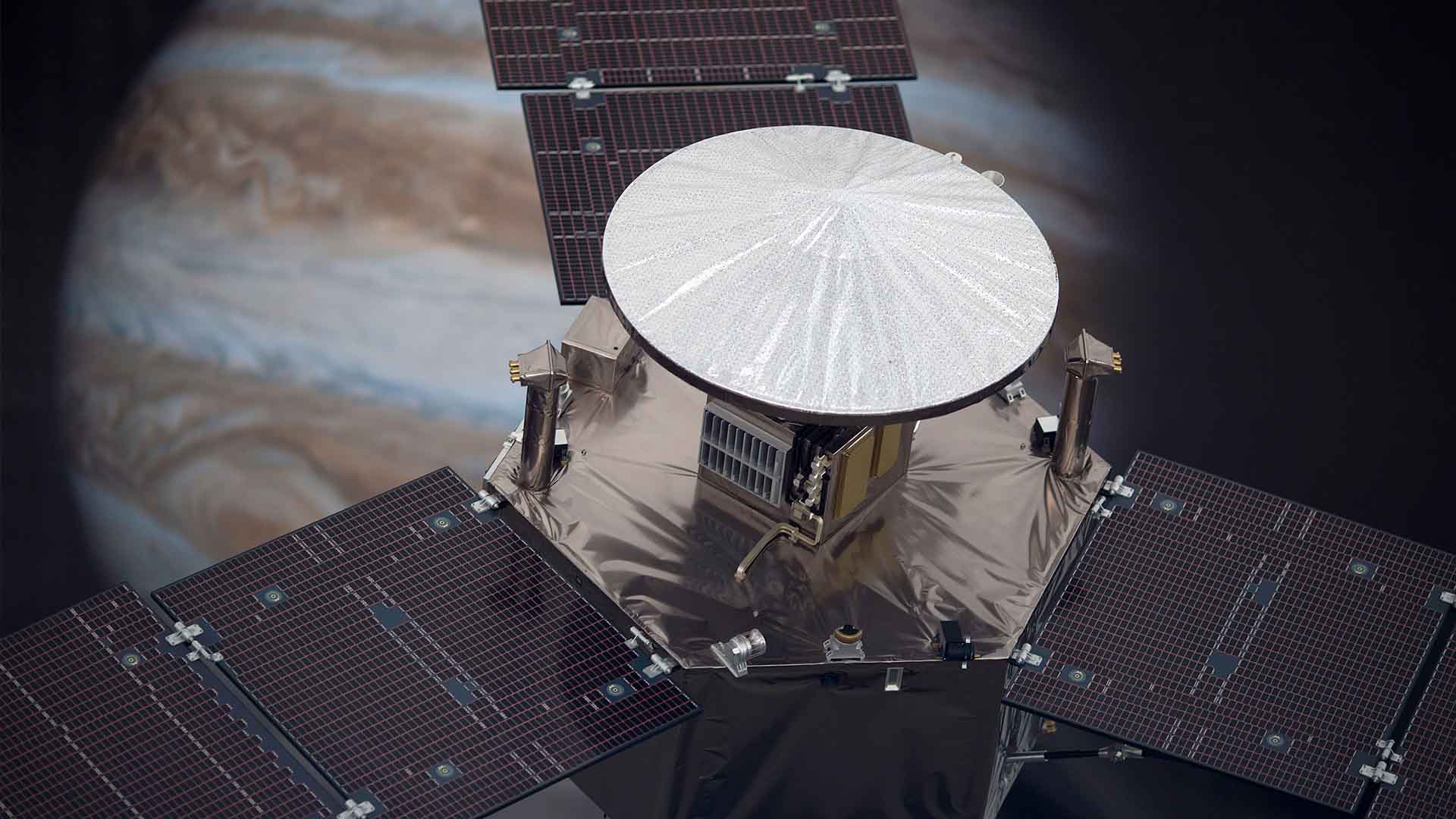
Source: David McNew/Getty Images
These observations help scientists piece together the puzzle of Jupiter’s stormy atmosphere.
The Role of Amalthea
Amalthea, a tiny moon with a radius of just 52 miles, is the reddest object in the solar system.
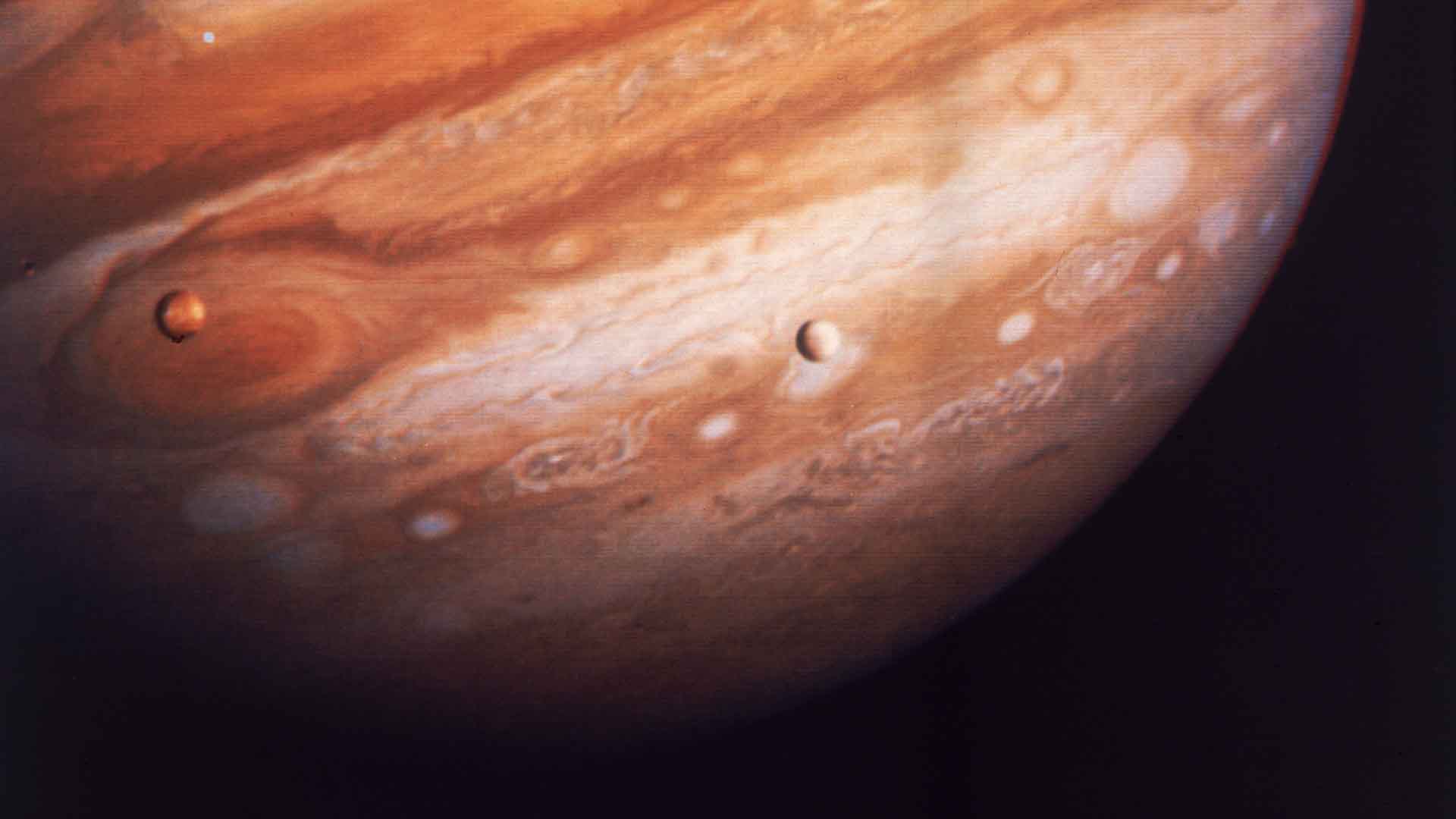
Source: Space Frontiers/Hulton Archive/Getty Images
Its proximity and unique characteristics add another layer of complexity to Jupiter’s atmospheric dynamics.
Heat and Friction
Amalthea emits more heat than it receives from the sun, possibly due to electric currents in its core or tidal stresses from Jupiter’s gravity.
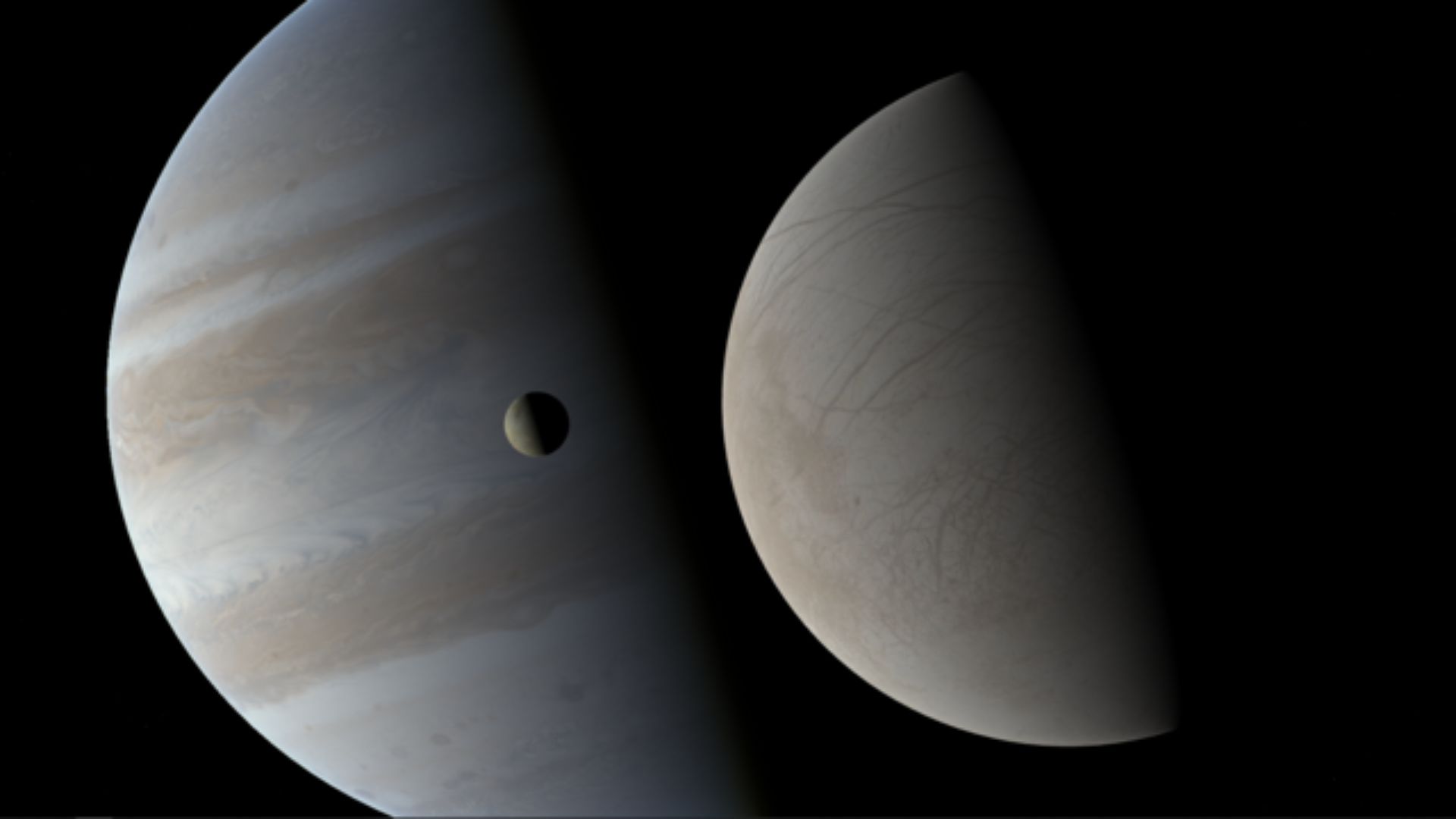
Source: Wikimedia Commons
These factors contribute to the moon’s and Jupiter’s unique behaviors.
Long-Term Impact
Understanding the interactions that affect the Great Red Spot can help scientists predict its future.
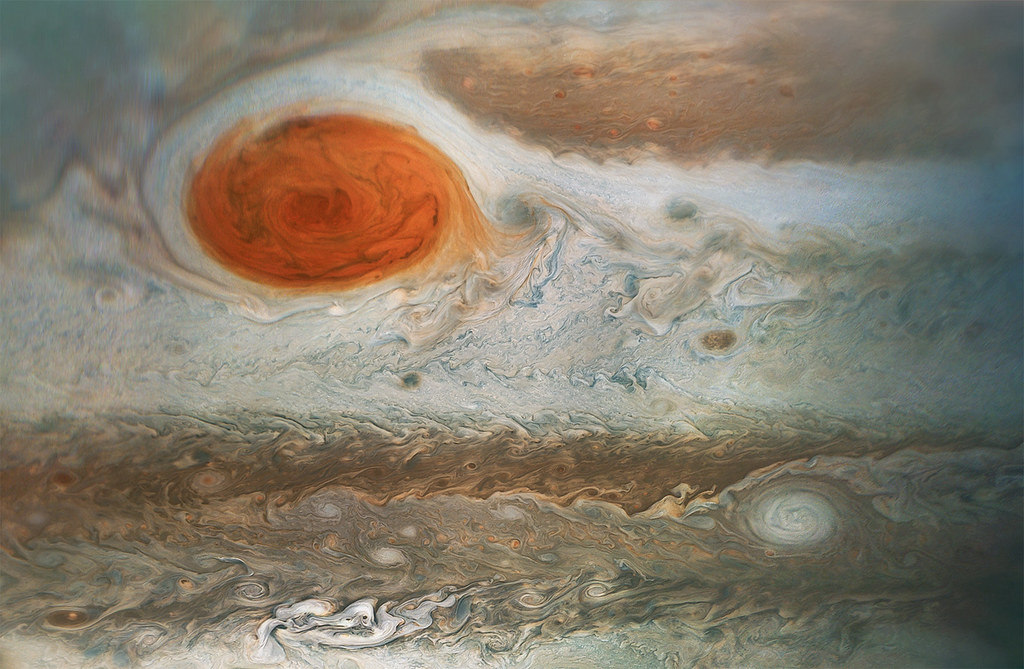
Source: NASA's Marshall Space Flight Center
Will it continue to shrink, or could it stabilize with new storms? Ongoing research aims to answer these questions.
Looking Ahead
As scientists continue to study Jupiter and its iconic Great Red Spot, a massive storm larger than Earth, each new discovery enriches our understanding of not just this giant planet, but also the complex atmospheric dynamics that could have implications for Earth and beyond.
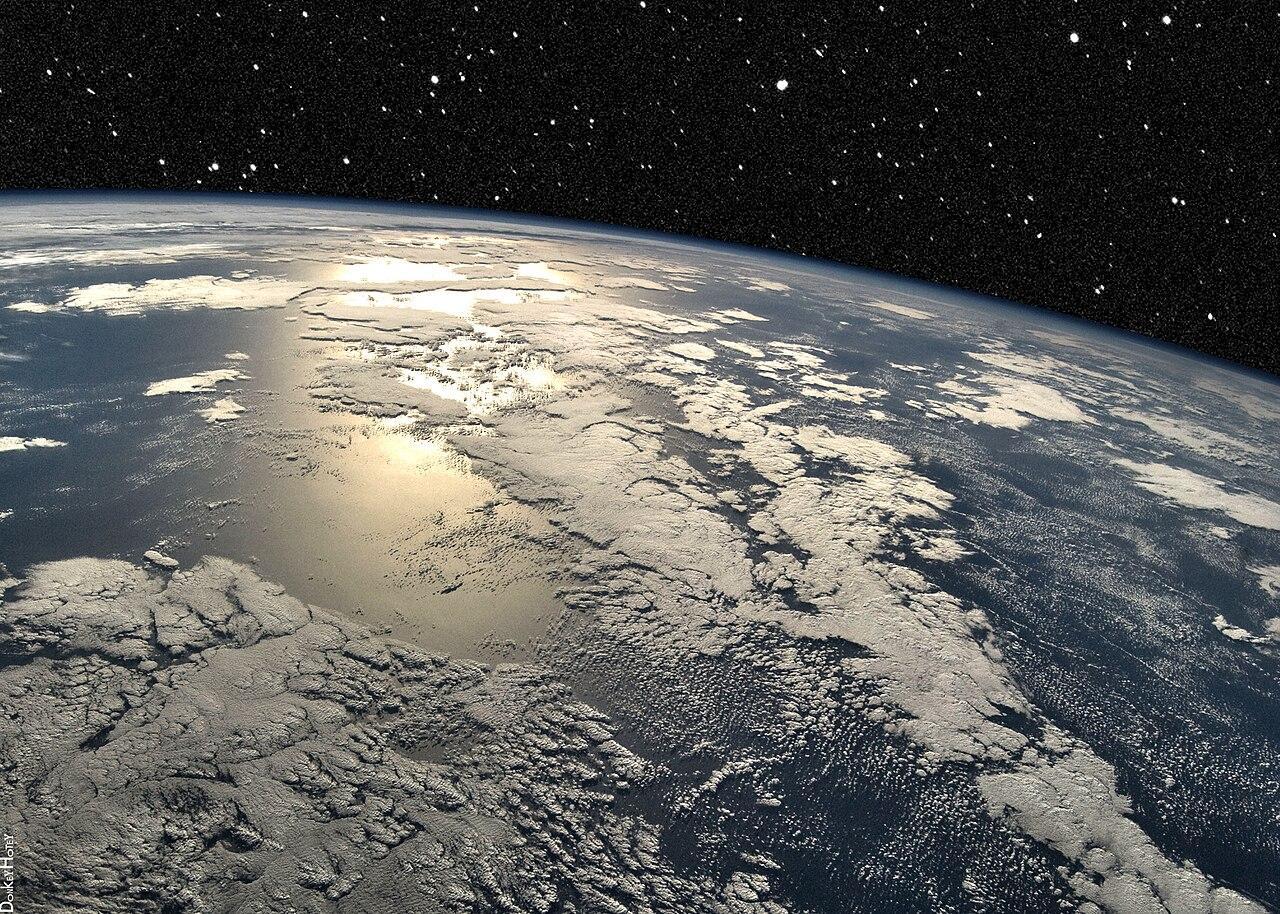
Source: Wikimedia
By analyzing the patterns of its clouds, wind speeds, and temperature variations, researchers can draw parallels to our own planet’s weather systems and gain insights into topics like climate change.
